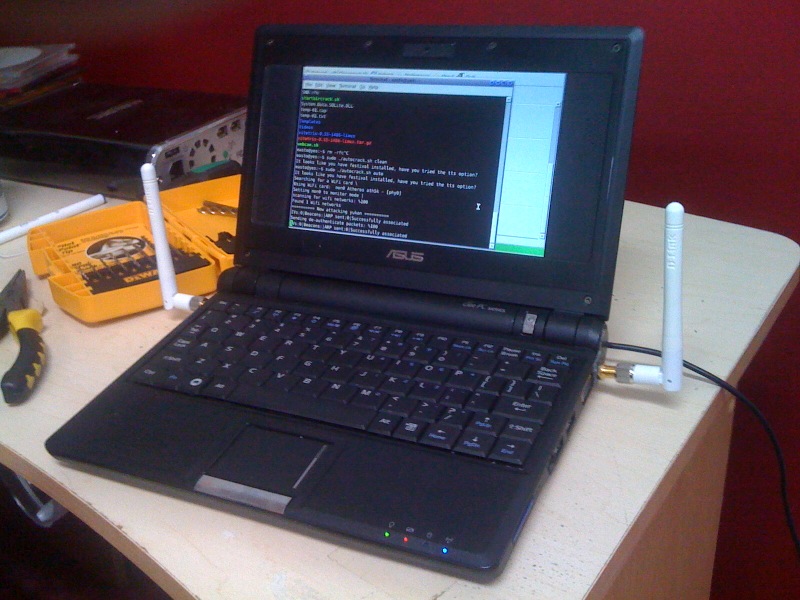I've been profoundly confused on what to do with two new servers. At the moment, I have a total of three servers; a BitTorrent tracker, web server and NAS (NFS server). Now, what I was thinking was setting up a load balancing scheme using VS via NAT. Essentially, build one of the servers as a load balancer and turn the other one into a http node. The only problem with that is redundancy. Say if the load balancer fails for whatever reason, I'm screwed.
Same as my NAS, no RAID so if the HDD fails, I'm screwed again. Still, it would be a cool journey on getting a load balancing scheme set up...and working. That, and I just want to use all the ports on my 24 port switch. Then, depending on the load on the NFS server, I could run MySQL/Postgres on it for use with the web servers.









